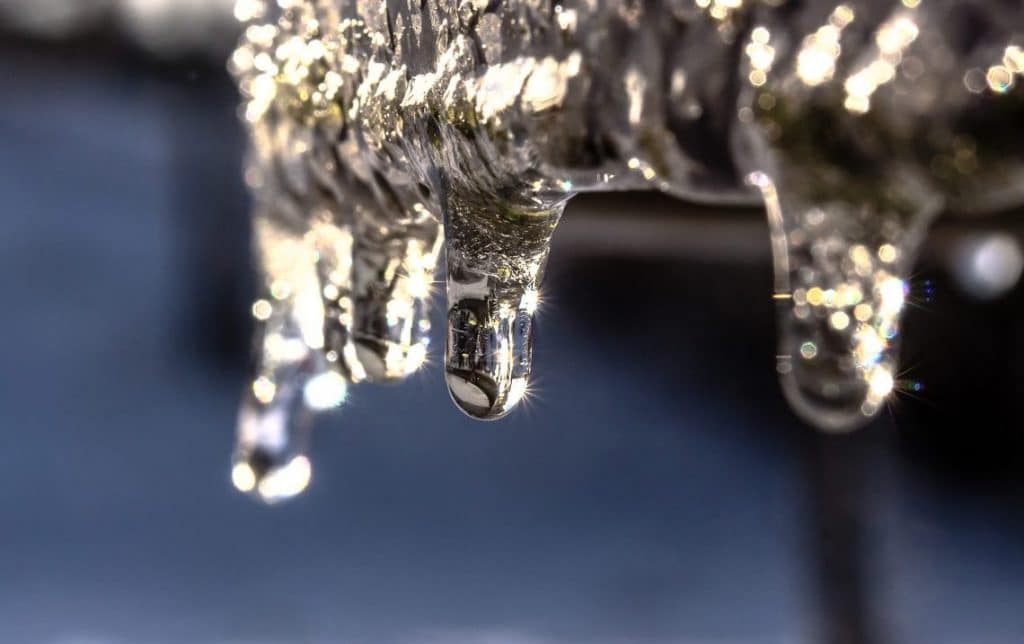Ways to Protect Pipes from Cold Weather Issues: Crucial Guidance
Ways to Protect Pipes from Cold Weather Issues: Crucial Guidance
Blog Article
What're your ideas concerning Preventing and dealing with frozen pipes?

Cold weather can ruin your pipes, especially by freezing pipes. Right here's how to stop it from occurring and what to do if it does.
Introduction
As temperature levels decrease, the threat of icy pipes rises, possibly causing expensive fixings and water damages. Recognizing how to avoid frozen pipes is essential for property owners in chilly environments.
Recognizing Icy Pipelines
What creates pipes to freeze?
Pipelines ice up when exposed to temperatures below 32 ° F (0 ° C) for extended periods. As water inside the pipes ices up, it increases, taxing the pipeline walls and possibly causing them to burst.
Risks and damages
Icy pipes can bring about supply of water interruptions, property damage, and expensive repair work. Ruptured pipes can flooding homes and trigger extensive architectural damage.
Indications of Frozen Water Lines
Recognizing icy pipelines early can prevent them from rupturing.
Just how to identify icy pipes
Try to find lowered water circulation from faucets, unusual odors or sounds from pipelines, and noticeable frost on subjected pipelines.
Prevention Tips
Insulating vulnerable pipes
Wrap pipes in insulation sleeves or utilize warmth tape to secure them from freezing temperatures. Focus on pipelines in unheated or outside areas of the home.
Heating techniques
Maintain indoor spaces adequately warmed, particularly locations with plumbing. Open closet doors to allow cozy air to flow around pipes under sinks.
Shielding Exterior Plumbing
Yard hose pipes and outdoor faucets
Separate and drain pipes garden hose pipes before winter season. Set up frost-proof spigots or cover outdoor faucets with shielded caps.
What to Do If Your Pipes Freeze
Immediate actions to take
If you believe frozen pipes, keep taps open up to ease stress as the ice thaws. Use a hairdryer or towels taken in hot water to thaw pipelines slowly.
Long-Term Solutions
Architectural changes
Take into consideration rerouting pipes far from outside walls or unheated areas. Add additional insulation to attic rooms, basements, and crawl spaces.
Updating insulation
Purchase top notch insulation for pipes, attic rooms, and wall surfaces. Correct insulation aids maintain consistent temperatures and minimizes the threat of icy pipelines.
Verdict
Protecting against icy pipes needs proactive steps and quick reactions. By understanding the causes, indicators, and safety nets, home owners can secure their plumbing throughout cold weather.
5 Ways to Prevent Frozen Pipes
Drain Outdoor Faucets and Disconnect Hoses
First, close the shut-off valve that controls the flow of water in the pipe to your outdoor faucet. Then, head outside to disconnect and drain your hose and open the outdoor faucet to allow the water to completely drain out of the line. Turn off the faucet when done. Finally, head back to the shut-off valve and drain the remaining water inside the pipe into a bucket or container. Additionally, if you have a home irrigation system, you should consider hiring an expert to clear the system of water each year.
Insulate Pipes
One of the best and most cost-effective methods for preventing frozen water pipes is to wrap your pipes with insulation. This is especially important for areas in your home that aren’t exposed to heat, such as an attic. We suggest using foam sleeves, which can typically be found at your local hardware store.
Keep Heat Running at 65
Your pipes are located inside your walls, and the temperature there is much colder than the rest of the house. To prevent your pipes from freezing, The Insurance Information Institute suggests that you keep your home heated to at least 65 degrees, even when traveling. You may want to invest in smart devices that can keep an eye on the temperature in your home while you’re away.
Leave Water Dripping
Moving water — even a small trickle — can prevent ice from forming inside your pipes. When freezing temps are imminent, start a drip of water from all faucets that serve exposed pipes. Leaving a few faucets running will also help relieve pressure inside the pipes and help prevent a rupture if the water inside freezes.
Open Cupboard Doors
Warm your kitchen and bathroom pipes by opening cupboards and vanities. You should also leave your interior doors ajar to help warm air circulate evenly throughout your home.

We were shown that editorial about Prevent Frozen Pipes from a friend on another web page. Liked our posting? Please share it. Let other people locate it. Thanks a bunch for your time. Come back soon.
Call Today Report this page